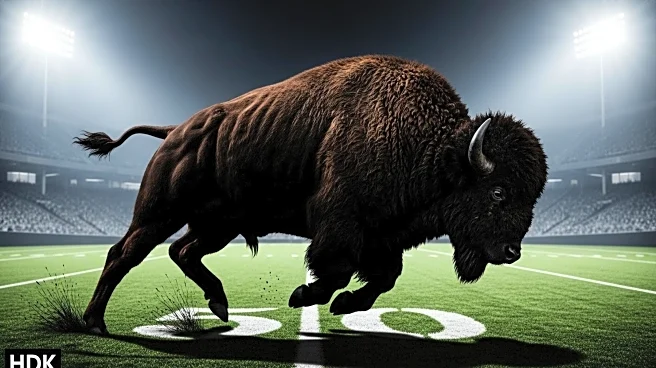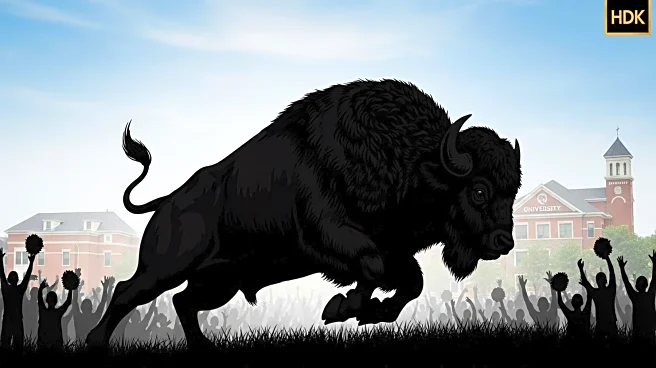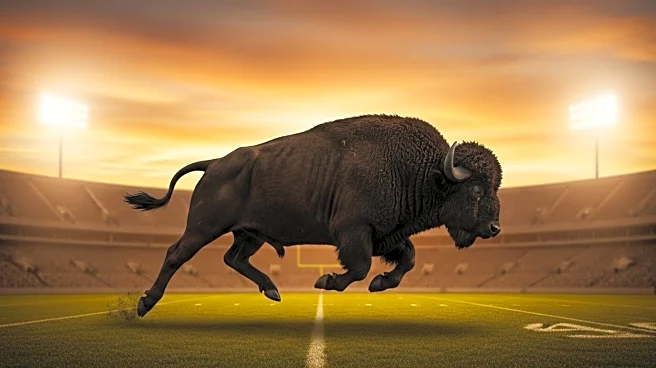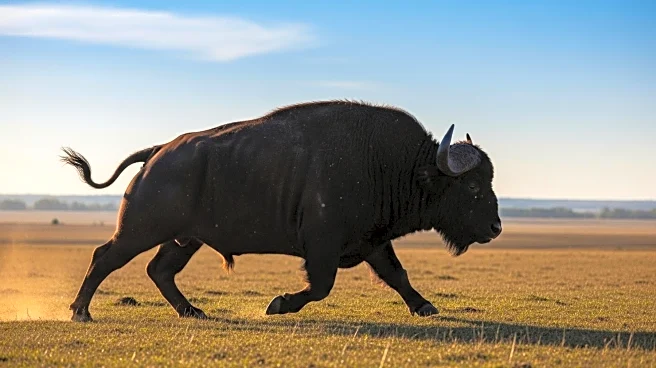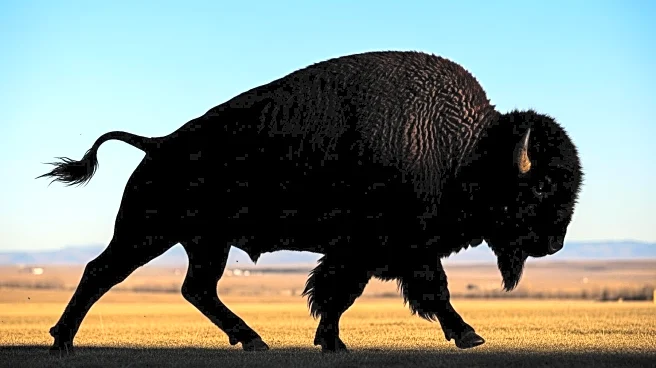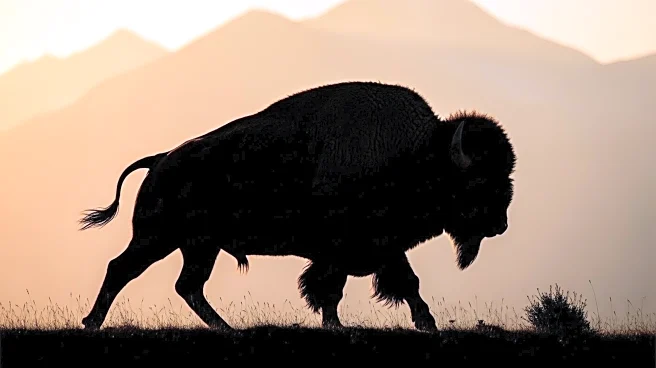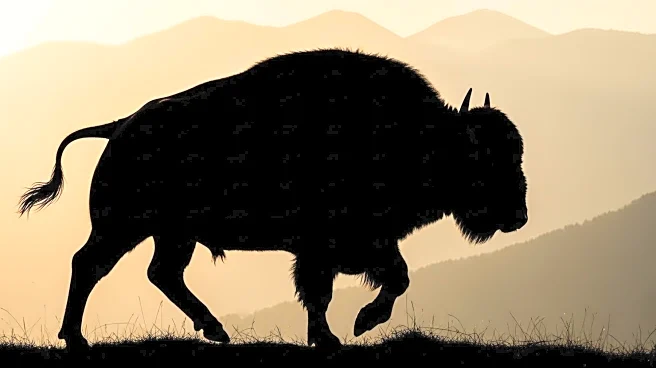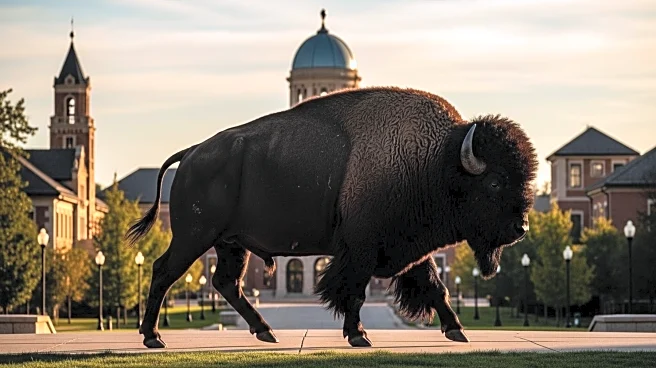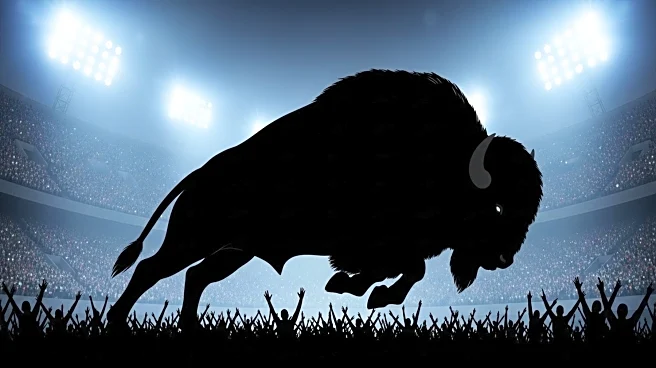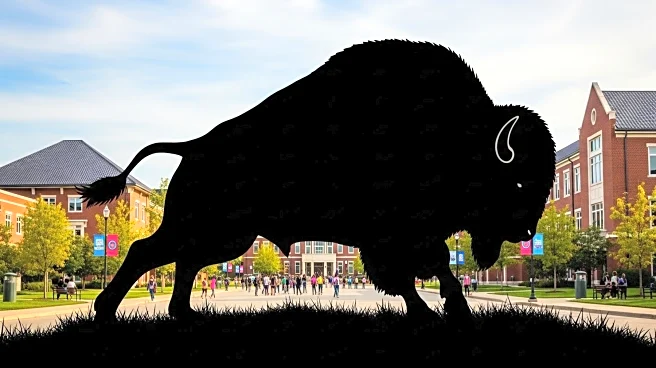What is the story about?
What's Happening?
The University of Colorado is set to introduce Ralphie VII, their new live buffalo mascot, during the game against Wyoming at Folsom Field. Ralphie VII, a 1-year-old bison, succeeds Ralphie VI, who retired due to a lack of enthusiasm for running around the field. This tradition has been a staple of the university's sports culture for 58 years. Ralphie VII was donated by the Beauprez family, who own Eagle's Wing Ranch near Steamboat Springs, Colorado. Taylor Stratton, director of the Ralphie Live Mascot Program, expressed excitement about continuing the legacy of buffalo mascots that have represented the university and increased fan engagement.
Why It's Important?
The debut of Ralphie VII is crucial as it maintains a cherished tradition that is integral to the University of Colorado's identity and sports culture. The live mascot serves as a symbol of school spirit and is a unique feature of college football that garners attention and pride from students, alumni, and fans. This event highlights the role of traditions in collegiate sports, which can enhance community involvement and support for athletic programs. Ralphie VII's introduction is expected to boost enthusiasm and excitement among fans, contributing to the overall atmosphere and experience of the game.
What's Next?
Ralphie VII's debut marks the beginning of her role in future games, where she will continue the tradition of running around the field. The university plans to integrate Ralphie VII into various events and activities, further solidifying her presence as a central figure in the school's sports culture. Fans and the university community will likely embrace Ralphie VII, and her performances may become a highlight of home games, attracting more spectators and media attention.
Beyond the Headlines
The tradition of live mascots raises ethical considerations regarding animal welfare and the responsibilities of institutions in ensuring the well-being of their mascots. The retirement of Ralphie VI due to reluctance to perform highlights the need for careful management and humane treatment of live mascots. This aspect of college sports culture may prompt discussions on balancing tradition with ethical practices.
AI Generated Content
Do you find this article useful?


